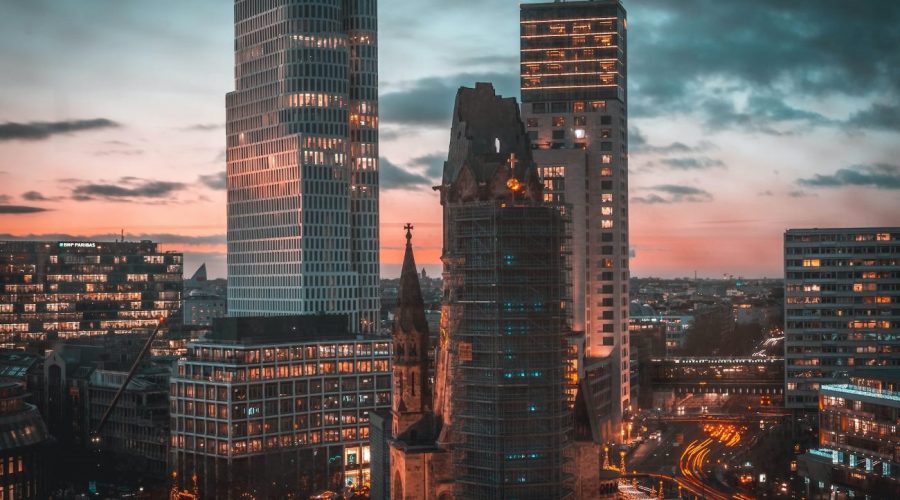Discovering Amsterdam’s Red Light District: A Fascinating Exploration
Amsterdam functions as the Netherlands capital which has earned fame through its cultural dynamism together with its charming waterways and historic sites. Tourists who visit Amsterdam specifically want to see the notorious Red Light District among all its attractions. This blog details Amsterdam’s distinctive district by describing both its area in the city and its background and what travelers can find when they visit.
1. The Red Light District of Amsterdam exists in the city center area near the Old Church and Oudezijds Voorburgwal canal.
Within the central Amsterdam area lies the neighborhood called “De Wallen” which serves as the Red Light District of Amsterdam. The district occupies its space within the old medieval section which lies by the Oude Kerk (Old Church).
Different canals form part of this district including Oudezijds Voorburgwal and Oudezijds Achterburgwal together with numerous adjacent waterways. Most visitors reach the district by walking but public transportation networks additionally make the area accessible.
2. A Historical Perspective
Since the 14th century the Red Light District accumulated its extensive history. The specific site served as a port destination where seamen disembarked to find leisure activities. During its historical development the district turned into an area famous for prostitution which remains legal and regulated throughout the Netherlands.
Hundreds of millions of people visit Amsterdam each year because the Red Light District functions both as a major cultural tourist destination and a source of controversy.
3. What to Expect During Your Visit
Several essential items should be considered before visiting the Red Light District.
3.1 Window Prostitution
The window prostitution serves as the predominant characteristic in this district. Sex workers display themselves through window exhibitions while red and blue lights serve as signals about who is available for business. Photography of sex workers is forbidden in the district while also being a form of disrespectful conduct.
3.2 Nightlife and Entertainment
This part of the city has become famous for its energetic nightlife alongside its famous prostitution sector. A variety of bars alongside cafes and restaurants maintain service to customers with diverse food preferences. People can fully experience the distinctive character of Amsterdam through visiting this location.
3.3 Museums and Culture
Several museums maintaining unique exhibitions related to prostitution exist in the Red Light District. Among the notable cultural institutions in De Wallen are the Red Light Secrets Museum together with Project 1012 Exhibition.
4. Tips for a Respectful Visit
When visiting the Red Light District everyone should exercise both respect and cultural awareness. People can have a meaningful and positive visit through the following guidelines:
- The sex workers maintain their professional status so visitors must always show them respect through appropriate manners.
- The visitors should refrain from picture-taking actions and disruptive behavior because these can distress the workers.
- You should monitor your environment carefully when full crowds gather in the evenings. Be cautious about your possessions since pickpocketing happens frequently at this location.
- Devote time to roaming the district by approaching everyone with a flexible mindset while conducting discussions that dispute previous beliefs.
5. Conclusion
Despite its international fame for its window prostitution and nightlife and distinctive environment the Red Light District in Amsterdam extends beyond its controversial status to reveal various other aspects. The district displays the historic data of the city and allows passersby to explore sexual work topics.
Respectful curiosity and a willing mind toward observation will help you understand the exciting features of this district better. Embrace all Amsterdam attractions along with the cultural diversity and historical significance that define this outstanding city.
Table of Contents



